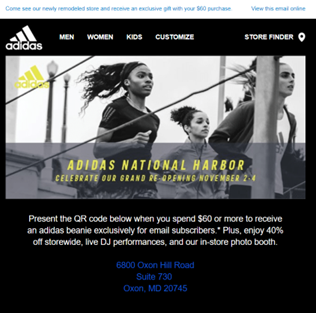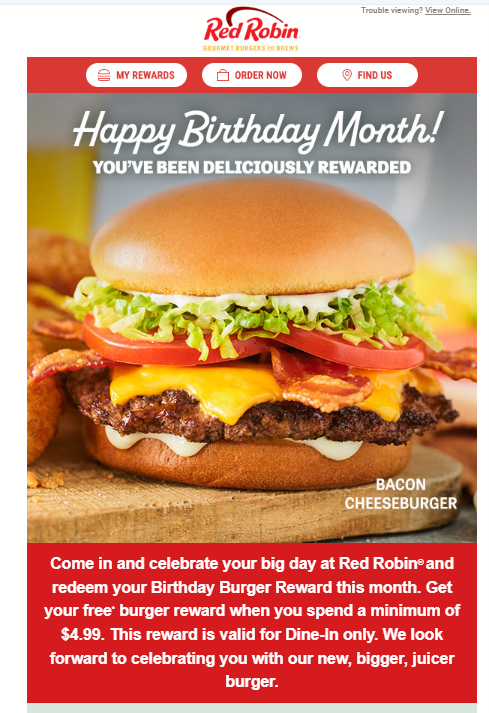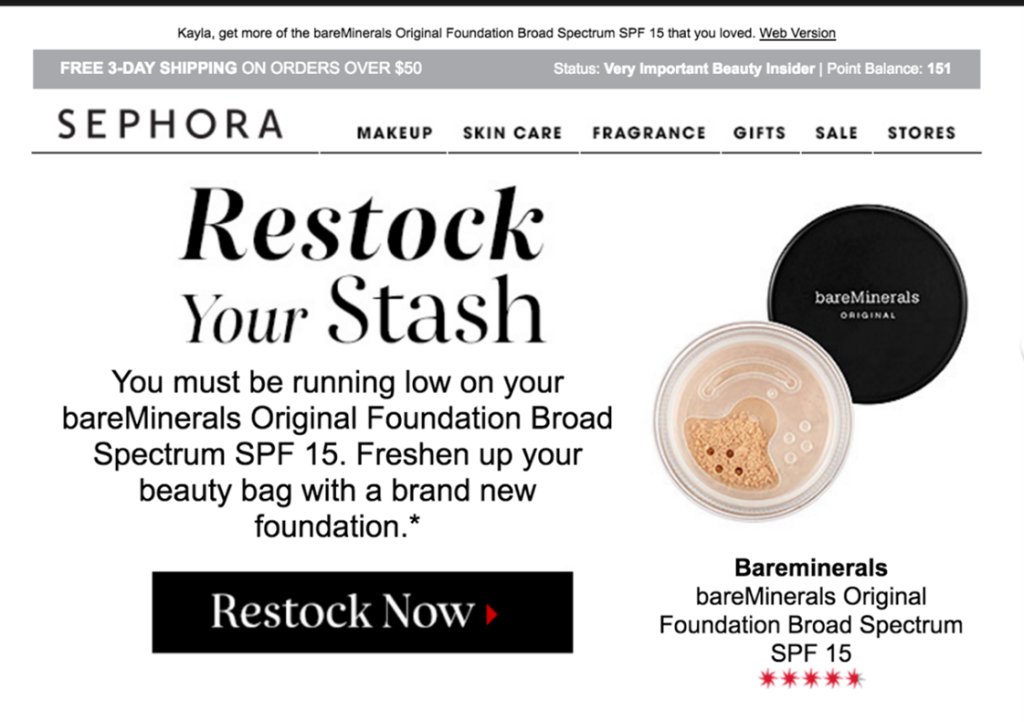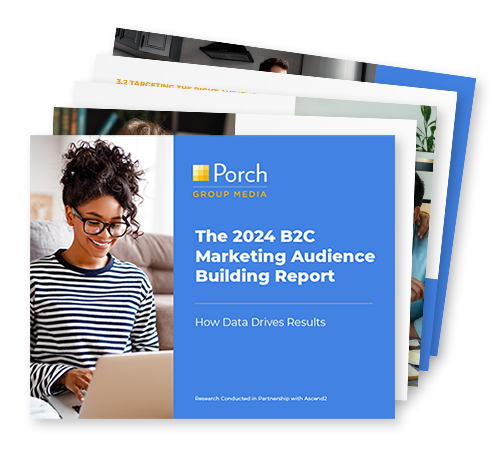Personalization drives better performance and gives you a competitive advantage. For 90% of leading marketers, personalization significantly contributes to business profitability. According to consumers, 80% of respondents are more inclined to do business with an organization that delivers personalized experiences (Epsilon).
As a result, using data-driven personalization is key to enhancing customer satisfaction and increasing brand loyalty.
What is Data-Driven Personalization?
Data-driven personalization uses data, analytics, and tech to tailor experiences, messages, and products to customers based on their preferences and interactions with the brand.
Benefits of Data-Driven Personalization
Data-driven personalization offers many benefits, including better customer engagement, stronger customer loyalty, and increased conversions. Here are a few instances highlighting the positive results when brands utilize data to enhance their personalized marketing strategies:
- 91% of consumers are more likely to shop with brands that recognize, remember, and provide relevant offers and recommendations (Accenture).
- More and more customers (69 percent) want a personalized and consistent customer experience across multiple physical and digital channels. However, few organizations are following through on it (Segment).
- Personalized content and offers resonate better with customers, leading to higher conversion rates and increased revenue (Accenture).
- Companies that use advanced personalization see a return on investment of $20 for every $1 invested (Liveclicker).
- More than a third (36%) of customers will return to a brand if they had a positive experience, even if there are cheaper or more convenient alternatives (Segment).
4 Types of Data to Drive Personalization
1. First-Party Data: Understanding Your Customers
Your first-party data is the best type of data to use to drive your personalization efforts. Gather data from various touchpoints like websites, apps, social media, and customer service interactions to understand customer behaviors and preferences.
Additionally, 83% of consumers are willing to share data with brands to receive personalized experiences. So use the data you have on hand to personalize your outreach efforts.
2. Demographic Data: Understanding the Who
Demographic data revolves around the quantifiable characteristics of your audience. It answers the fundamental question: “Who are your customers?” By segmenting your audience based on demographics, you can tailor your marketing efforts to align with specific attributes, such as:
Age
Different age groups have varying preferences and behaviors. For instance, younger consumers may prefer digital communication and trendy products, while older consumers may prefer traditional channels and established brands.
Location
Geographical location can impact the availability of products, shipping options, and even cultural nuances. Using location data, you can provide localized content, offers, and store recommendations.

Example of personalizing using geographic location based on the recipient’s location. (Image Source)
Household Composition
Knowing whether customers are single, married, or have children can inform product recommendations and content. For instance, parents may be interested in family-friendly products.
Occupation
Depending on your product or service offering, a person’s job or profession can influence their needs and preferences. Understanding their occupation can guide your marketing strategies and product offerings.
Birthday
Using a customer’s birthday is a great way to add a personalized touch and foster a sense of recognition and appreciation to significantly enhance the customer experience.

Example from Red Robin using birthday personalization.
3. Psychographic Data: Understanding the Why
Psychographic data goes beyond demographics. It aims to answer the question: “Why do your customers make certain choices?” Psychographic data provides insights into consumers’ lifestyles, values, attitudes, and motivations. Here are some factors to consider when leveraging this type of data:
Interests and Hobbies
Understanding what activities and interests your customers are passionate about can help you create content and product recommendations that align with their hobbies.
Values and Beliefs
Knowing your audience’s values and beliefs can guide your brand’s messaging and ensure it resonates with their worldview.
Lifestyle
Lifestyle data considers aspects such as whether customers are health-conscious, environmentally conscious, or tech-savvy. This informs the types of products or services they may be interested in.
4. Behavioral Data: Understanding Actions
Behavioral data provide insights into customer behavior, preferences, and engagement patterns. Here are some common types of behavioral data you can use to improve personalization:
Purchase Behavior
Analyzing past purchase behavior provides insights into customers’ shopping habits, including whether they are price-conscious, brand-loyal, or open to trying new products.
Browsing Behavior
Tracking how users navigate your website is a treasure trove of behavioral data. This includes pages visited, products viewed, time spent on each page, and the sequence of actions taken. Browsing behavior can help you understand a customer’s interests and intent, allowing you to recommend relevant products or content.
Reach Consumers Who are Ready to Buy
Our in-market data helps you reach consumers interested in your products and services.
Purchase History
Past purchases provide valuable insights into their preferences and buying habits. Analyzing purchase history allows you to provide personalized product recommendations, exclusive discounts on related items, and loyalty programs.

Example from Sephora using email personalization based on purchase history. (Image Source)
Click-Through Rates (CTR)
CTR data can reveal which products or offers capture the most attention from your audience. Use this information to refine your email marketing and ad targeting. This will ensure that your customers are shown content aligned with their interests, which will help increase engagement.
Abandoned Cart Data
When customers add items to their cart but don’t complete the purchase, it’s a prime opportunity for personalized marketing. Sending targeted follow-up emails with reminders or incentives helps encourage them to return and complete their purchase.
Email Engagement Behavior
Beyond open and click-through rates, pay attention to how your customers interact with your email content. Analyze what links are getting the most clicks and what content your customers are engaging with. This will help guide your email personalization efforts.





